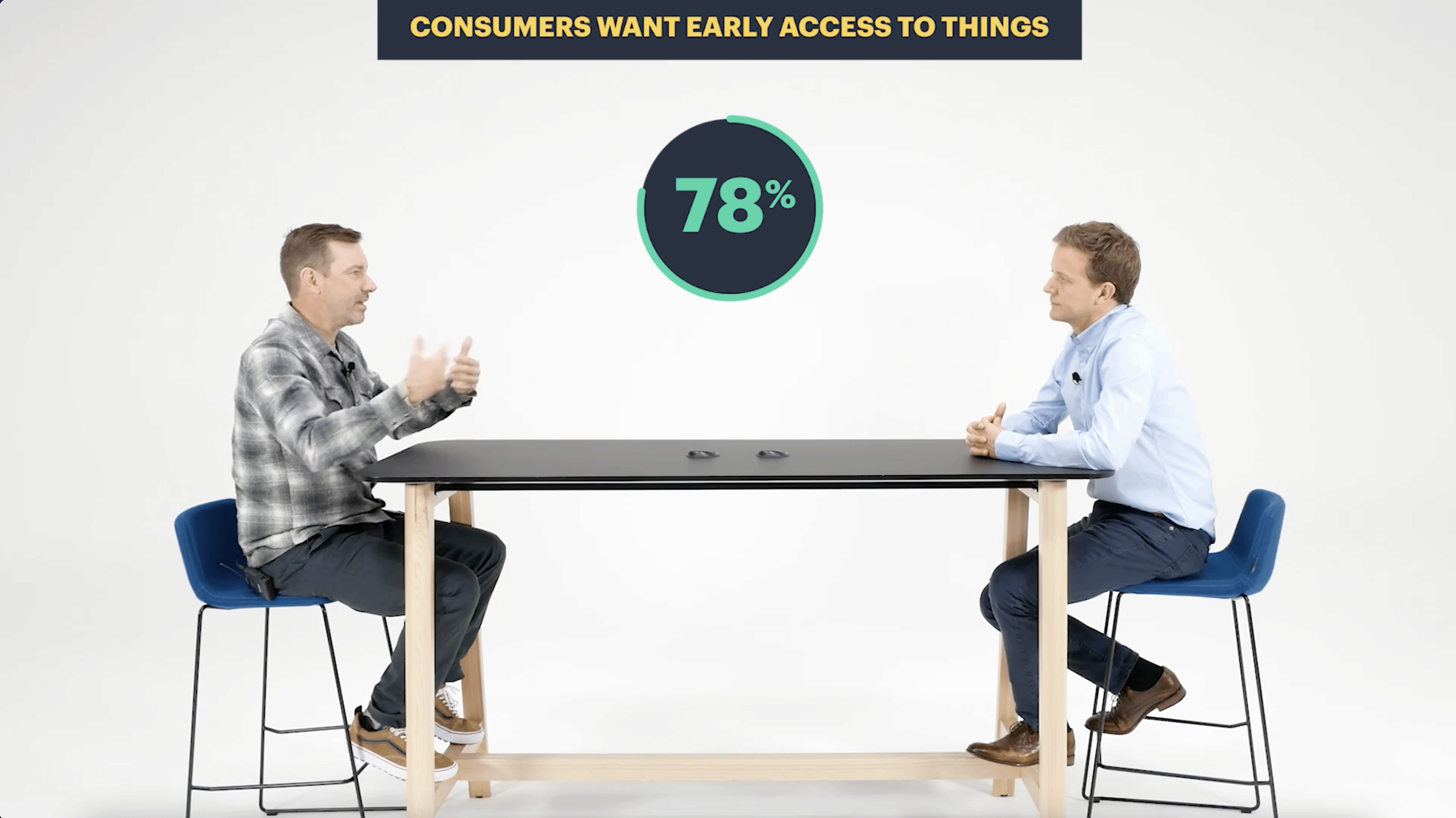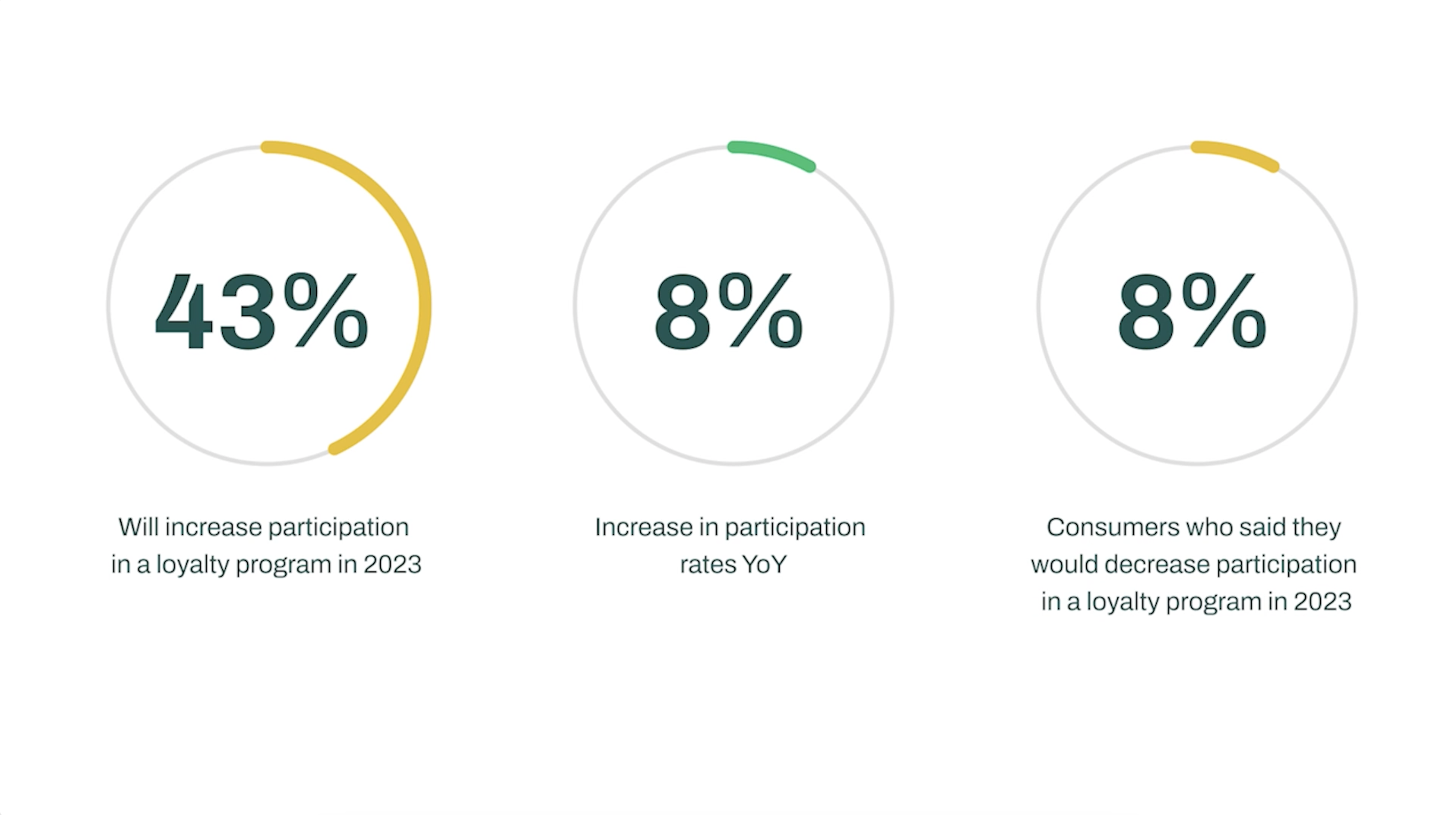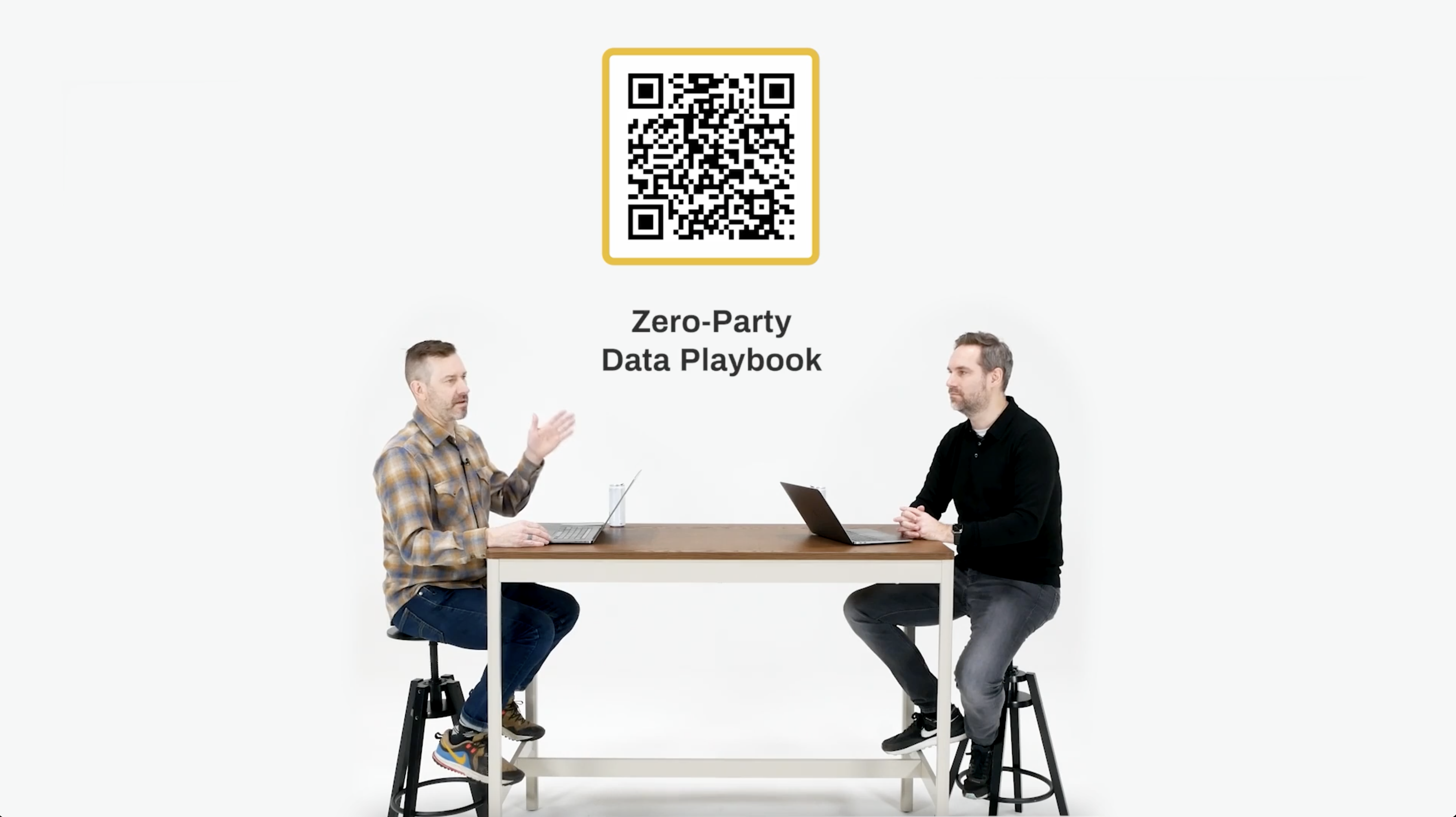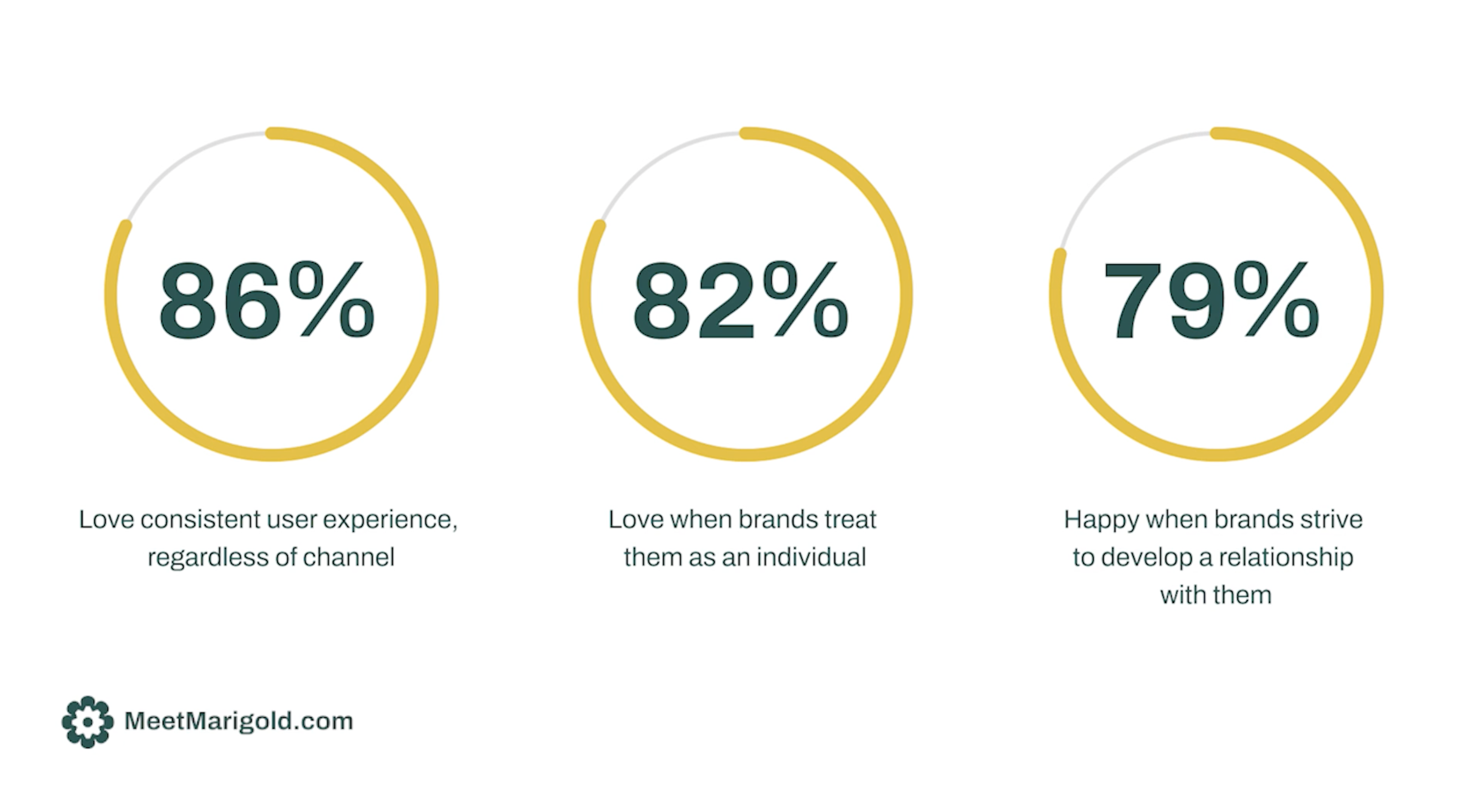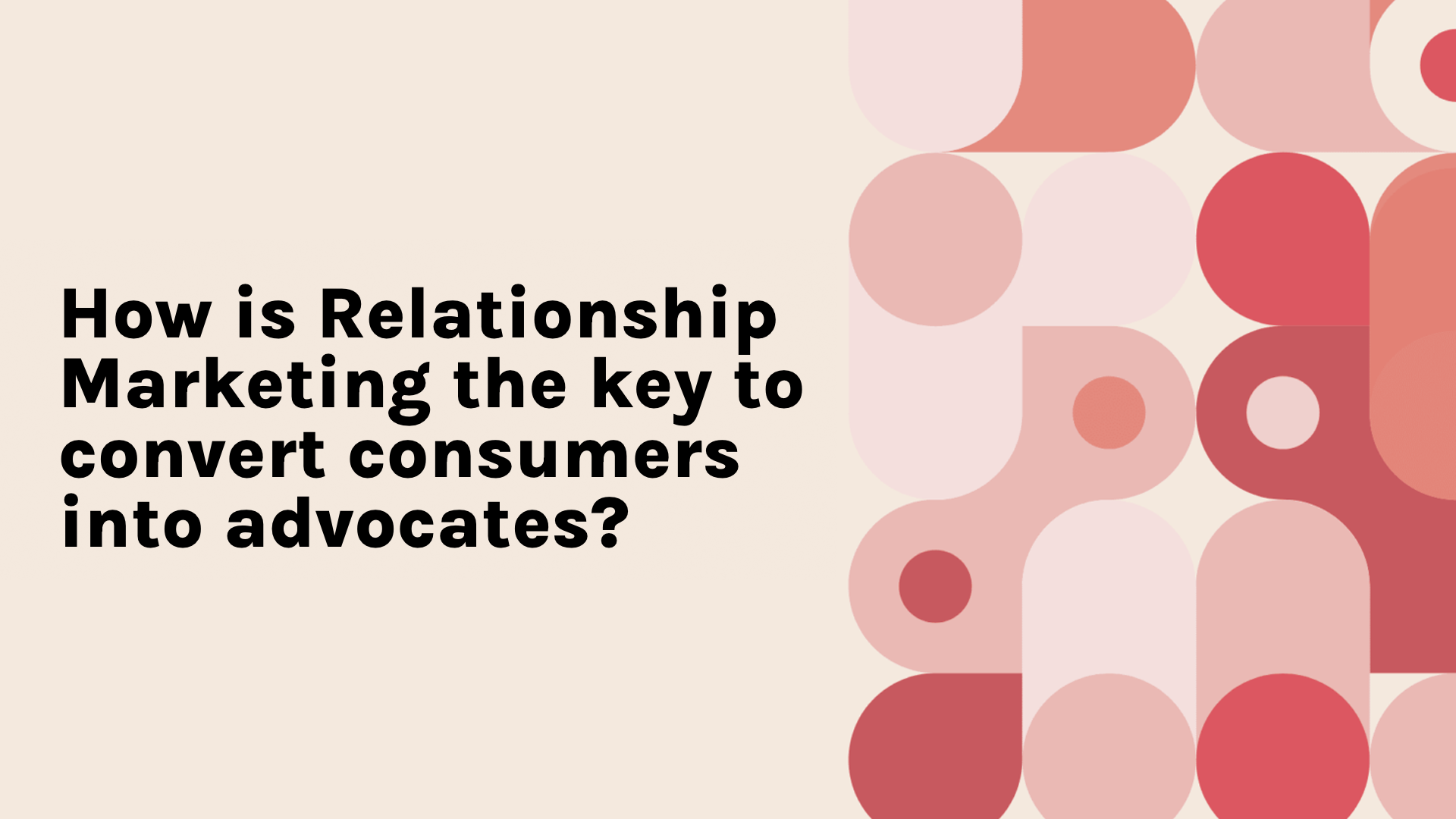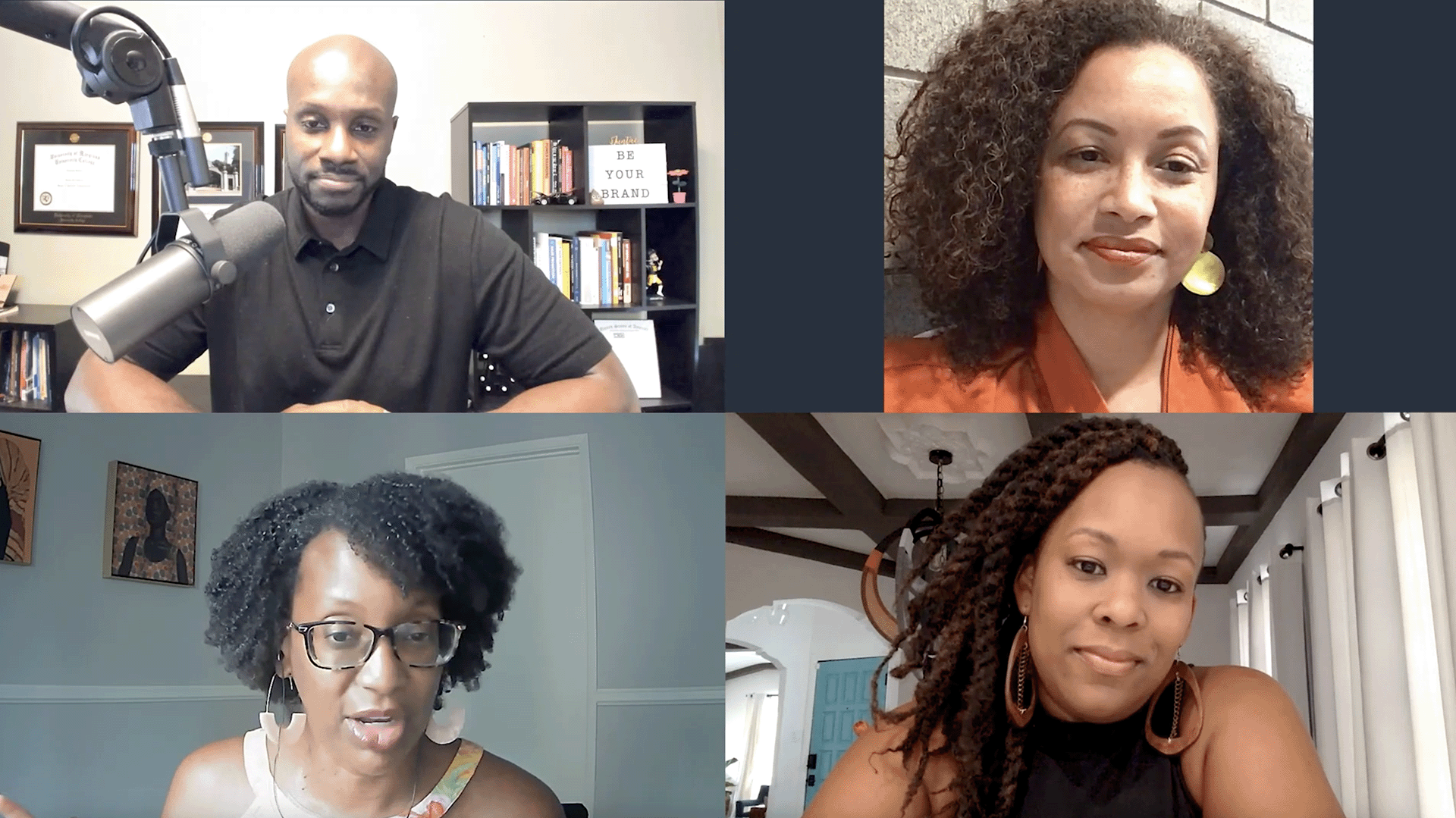How "Incrementality" Led The White Company to a 21% Increase in Profits
- 0.5
- 1
- 1.25
- 1.5
- 1.75
- 2
Tim Glomb: In the retail industry, a relationship marketing strategy is more important than ever. Today, we're going to hear from The White Company, which is an everyday luxury brand anchored in the UK that serves a hundred countries. They offer multiple products across categories like candles, home wares, clothing, bed linens. Nick Wilcox is head of CRM, and he's going to share how they're engaging their audience using segments in their email, the kinds of data they're collecting, including at point of purchase, and what the future looks like for their relationship marketing strategy. The White Company has been using Cheetah Digital for five years, but they are now making the investment into the customer engagement platform to use our AI and machine learning capabilities to enhance their customer journey. That's going to bring more automation and allow our services team, which they rely on heavily for campaign management, to do even more for the company. Let's sit down, dig in, and hear how The White Company is engaging their audience right now and what the future looks like. Well, Nick, thank you for joining me here in the studio. I'm happy to be in London and get to meet you finally.
Nick Wilcox: And you. Thanks for having me.
Tim Glomb: Why don't we start at the top? Why don't you tell us a little bit about your role at The White Company?
Nick Wilcox: Sure. Well, first of all, let me tell you a little bit about The White Company. We're a multi- category retailer in the UK with over 60 stores and we ship to about a hundred countries. We're a decent sized business. I am the head of CRM Performance Marketing. What that means is I look after both our retention and acquisition of customers.
Tim Glomb: Got it. And that also is going to include all your messaging, your email-
Nick Wilcox: Absolutely. Email, brochure is also a big part of our business as well. Our founder founded the business on a catalog, so that's really our heritage. We're really sort of moving away from, that's still an important part of our business, but moving obviously more into sort of data- led one- to- one digital
Tim Glomb: Got it. Love it. And tell me a little bit more, like how do you differentiate in market. It's premium products, and your SKUs, and your products really run the gamut from candles to clothing to betting, but it's all high end?
Nick Wilcox: Absolutely. Like I said, sort of multi- category, we sort of see ourselves more as sort of everyday luxury. We've got a great sort of sweet spot in the market and as you say, candles, home and dining, bedroom, everything really.
Tim Glomb: Got it. So head of CRM, we're going to talk about the people, the messaging, how we're engaging people. It's a huge part of relationship marketing. We look at relationship marketing as you have to acquire unknown contacts, turn them into known contacts, engage them, hopefully personalize along the way, and then to your point, retain them. Do you mind sharing what kind of list size are we talking about when we're talking about reaching people with messaging in your CRM?
Nick Wilcox: So we've got over a million customers on our database.
Tim Glomb: Wow. Alright. So big. And then you also have, I understand kind of an exclusive tier. You've got some people kind of on the upper echelon that are repeat customers?
Nick Wilcox: Yeah, definitely. We've got an incredibly lower base and we've got a lot of customers who have shopped with us for a long time who are in our sort of exclusive program.
Tim Glomb: Got it. Well, our consumer trends index, we're going to talk about exclusivity, has shown that globally consumers want early access to things, whether that's content or be able to get a sale or even just get access to a new product before the rest. I think it's like 78% of consumers said, " Hey, if your brand, you offer that to me, I'll stay loyal to you." Are you finding those stats hold up in your business-
Nick Wilcox: Yes, absolutely. We give those exclusive customers early access to product launches and events, something we'd love to do more of. But yes, certainly something that's really worked for us.
Tim Glomb: And what kind of engagement are you getting? Higher engagement with your email, with your marketing, with your messaging from that exclusive repeat buyer?
Nick Wilcox: Absolutely. So our open rates are north of 40% for those guys, so it's-
Tim Glomb: Whoa. Alright. Let's talk about your actual tactical level of what kind of things are you sending them via the email channel? What are your different journeys look like if I'm new, I just signed up for the mailing list, by the way, last week, versus somebody who's a repeat customer quite frequently.
Nick Wilcox: We've recently set live about 10 different journeys. One of those, and probably the obvious place to start is that welcome journey. So when you've bought in store for the first time or online, really telling that customer why that was a good decision, what else and other products we offer, and what our brand story is, I guess.
Tim Glomb: Got it. And you're using Cheetah Digital to power your messaging right now? You just mentioned in store, if I signed up at a point of sale or I made a quick purchase, am I prompted or asked to join that marketing club right there at the counter?
Nick Wilcox: Our retail stores are very important in terms of capturing that data to make sure that we've got those opt- ins, and we can continue that conversation with that customer.
Tim Glomb: And are you bringing in point of sale, all that other data along with a new contact record into Cheetah so that you can use the intelligence inaudible Tim bought a candle, he came in three times in the last two months.
Nick Wilcox: Absolutely. All that data is stored within the Cheetah platform.
Tim Glomb: How nice is it to have all that data, that contextualized data, along with just the email address in one spot to be able to trigger your messaging?
Nick Wilcox: Yeah, absolutely. And that data is great, but obviously data is just data. So it's about how do we harness that data, and where do we start really. We've got fairly small teams, how do we focus on the big wins? And that's something we're really focused on.
Tim Glomb: So have you found that there's other information that's important versus just their email address?
Nick Wilcox: Yeah, I mean, clearly the more data the better. So obviously email address, et cetera, contact details, but clearly what products they've purchased, and where we want to move to is a place where you've got even more data. So browse history, search history, et cetera, would be great. And that's again the journey we like to go on.
Tim Glomb: I mean that's huge. Again, relationship marketing is a lot about listening. Brands can talk at you. Any brand marketer can say, " Hey, we need to sell these sheets this week, so send an email and let's see if we can move some product." But when you start to listen to those contextualized signals, right? Tim was in our app, he was on the website, he actually came into the store and purchased.
Nick Wilcox: And that, for us, is the power of other channels. So Google search, and Facebook, and Instagram are really powerful on that in terms of that intent. So being able to get that intent for your customers is also really important.
Tim Glomb: It's huge. A single view of the customer action and journey. I know that you're making some investments with Cheetah here. You're moving onto our EDP platform, and you're even bringing in our experiences platform. What's some of the reasonings behind there? What are some of the things you're trying and hoping to do as you level up with more of this data in Cheetah's platform.
Nick Wilcox: It's all obviously around personalization, but we prefer to call it relevance because I think personalization needs purpose. And for us, relevance really encompasses that. So how do I make sure that I'm not just doing personalization for personalization's sake? And the way we measure that is all around incrementality. We're really focused around control groups. So, understanding if you don't get the journey versus you do, what is the uplift, and, therefore, which journey can I focus on, or should I focus on, I suppose.
Tim Glomb: Well that's great. And right now I assume that you're doing that a little manually, creating control groups, trading, controlling test groups by segmentation, right?
Nick Wilcox: Absolutely.
Tim Glomb: Your AB test?
Nick Wilcox: Yeah.
Tim Glomb: Is the hope that the EDP of what Cheetah has built in our customer engagement platform can do that through machine learning and automation?
Nick Wilcox: Absolutely. That's the dream, isn't it, that we can set these journeys live and they can optimize without us really doing anything. So yeah, very, very much looking forward to that once we get to that stage.
Tim Glomb: Personalization is huge. Do you have any plans to go beyond transactional, behavioral, that kind of data? Will you lean forward and ask your customers and audience psychographic information? You have any plans there to capture more of their psychographic information?
Nick Wilcox: Maybe not just yet, but definitely in terms of gaining more information. So one of the big movements in the UK is around that sort of thoughtful marketing. So making sure that we know that if a customer doesn't want to hear about certain events, such as Mother's Day or Father's Day, that we're really taking that on board and not sending those comments to those customers.
Tim Glomb: Thoughtful. I like that word. That's a very intent word. Well let's talk about your actual emails because you guys send great messaging, you have great results, and you're also using the Liveclicker product, which is a CM group product. Can you tell me in some of the ways that you're using that into your emails to make them more dynamic?
Nick Wilcox: Yeah, sure. So for simple things like countdown time which is great. So if we're running certain events or certain product launches, then having a countdown timer on our emails is great, and we can see the results, sort of uplifts from those sort of reminder emails, I suppose.
Tim Glomb: Got it.
Nick Wilcox: Also, from a content perspective, great for video for rotating images, means that we can be really assured that all of our customers are getting the same experience regardless of what email platform they're on or what device they're opening on, I suppose.
Tim Glomb: Got it. Yeah, that's the power of Liveclicker, right? You can create this dynamic, beautiful looking email that's engaging, but depending on the ISP that they're opening on, they get consistency there. How about segmentation? Because you mentioned you have these 10 different journeys, a welcome, abandoned cart, you probably have some of the basic stuff, but how are you thinking about your audiences in segments? As a retailer what are some of the ways that you might look at them differently? It's easy to say male/ female, but what other ways do you look at them from a segment perspective?
Nick Wilcox: So at the moment it's fairly basic, so it's around recency, frequency, and value. But we definitely want to move to a much more intuitive, I suppose, segmentation piece around attitudes or behavior to certain product to make sure that they're getting the right message at the right time. And for me, that's the vision. You have a number of different trigger programs and you've got some real time decisioning based on should they go to this program or this program based on where they're at and where we want them to get to, I suppose. And making sure it comes back to that relevance piece, isn't it? I'd rather make sure that every email is as relevant as it can be based on all sorts of different data points.
Tim Glomb: That's a good point. And that's why we built the customer engagement platform. To bring machine learning and make that scalable in more real time. Let's talk about our services team, because as you mentioned, you're kind of a small team in the email here. How are you leveraging the Cheetah Digital Services team? Do they become an extension of your marketing department, and what do they oversee for you?
Nick Wilcox: They really, really help us and support us, and they've been an integral part of that journey, I suppose. So we do all the design in- house, but once it's designed and signed- off, it then gets passed to Cheetah to create the HTML, set the campaigns up and get them live. It's a really great resource, and we're able to tap into that and scale during certain times of the year. So we're a very busy business at Christmas, very important for us. We've got a really good gifting proposition. So, having that ability to scale is absolutely important.
Tim Glomb: Got it. Well, it's great to hear that way you can stay focused on what you need to do, and you've got this out- of- house agency, so to speak, through Cheetah that can implement on that. Alright, Nick, you're a CRM guy. That means people, that means data, that means really email and omnichannel approach to marketing. How important do you believe first- party and zero- party data is going to be in the future, looking at impending legislation, changes, and disruptions in a cookie, et cetera? Is it really the data set that retailers should be banking on?
Nick Wilcox: Definitely. We need as much data as we can. We need that first- party, as you say. We're doing everything we can to capture as much data as we can, to understand our customers, and to get as much of that as we can into the EDP, I guess.
Tim Glomb: Speaking of the EDP, it's going to bring a whole new set of capabilities for you. We're going to apply machine learning to your data sets. We're going to use a little bit of AI, some predictive modeling, recommendation engines, et cetera. We talked a little bit off camera about your different triggers and your different journeys. Right now, I think you are sending emails that have three or four different product categories in them, but if Tim is never going to buy a candle, how can you keep those out of my email feed? What are your hopes using the EDP and Cheetah's platform moving forward in this technology? How's that going to evolve these journeys?
Nick Wilcox: As you say, we're a multi- catchy business. So, sometimes it's quite difficult to understand from the business, or to agree in the business, what product categories should go in what email. So for me, I'm really looking forward to a place hopefully where we get to where I understand the propensity to purchase by product category, and I can make those realtime decisions around which email is best for what customer.
Tim Glomb: And which products are best-
Nick Wilcox: Absolutely.
Tim Glomb: ...and et cetera. And look, you're a big chunk of the revenue at The White Company. You're CRM, I mean, it probably provides a decent revenue stream, correct?
Nick Wilcox: Absolutely. But for me it's not about revenue, it's about in incrementality.
Tim Glomb: Sure, because revenue will follow engagement.
Nick Wilcox: Absolutely. And how many of those sales would've come in anyway. So for me it's about proving the value of that email by looking at what would've happened had I not sent that email. So we're really, really hot on those control groups.
Tim Glomb: Well it looks like you're making the investments, you're bringing your data together into a single view of the customer, making those investments in the EDP, and everything that a platform has. So I think you're going to be in a great place very, very soon.
Nick Wilcox: That's what we're hoping.
Tim Glomb: Alright. Well look, I hope to do this again with you. I'd love to come see you after the holiday. I know you're getting ready to go into the Christmas push, so I wish you the best of luck there, and maybe we'll come see you in the spring and learn how the EDP is enhancing things for you.
Nick Wilcox: Cool. Thanks very much.
Tim Glomb: Awesome. Well, we'll see you on the next session.
DESCRIPTION
Affectionately nicknamed “Britain’s Martha Stewart”, Chrissie Rucker founded The White Company as a 12-page mail order catalog 27 years ago. Fast forward two decades later to one of the UK’s most successful multi-category retailers with 60 stores and a thriving ecommerce business. Revenue was at an all time high during the pandemic, with much of the increase attributed to The White Company’s engagement strategy rooted in ‘incrementality’.
Join us for an informative session with Nick Wilcox, head of CRM and Performance Marketing at The White Company who explains how the theory of incrementality and rigorous A/B testing are put into practice for every campaign.
Learn how The White Company leverages personalization, automated trigger journeys and how they are creating interactive experiences for shoppers as the next level in relationship marketing.
Takeaways:
- The White Company adheres to incrementality: if there are no incremental upticks in revenue, then the marketing campaign needs to be reevaluated. The brand estimates that one correctly-customized welcome series can generate more than $500,000 in additional revenue.
- Real time engagement tools like video and countdown clocks are working. The White Company plans on investing more in these tools as they enter the holiday sales season.
- Automated trigger journeys like welcome series and abandoned cart messaging have reduced The White Company’s reliance on promotions and discounting, which help maintain the brand’s image as an upscale retailer.
Today's Guests

Nick Wilcox


